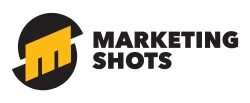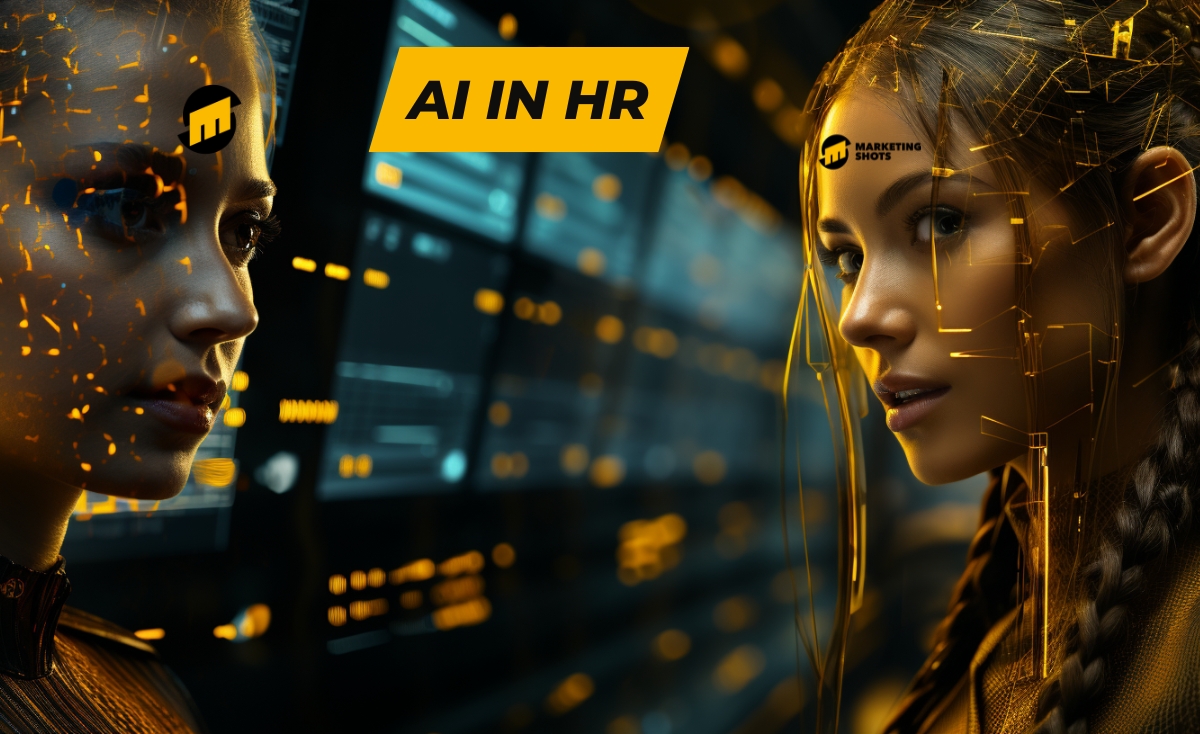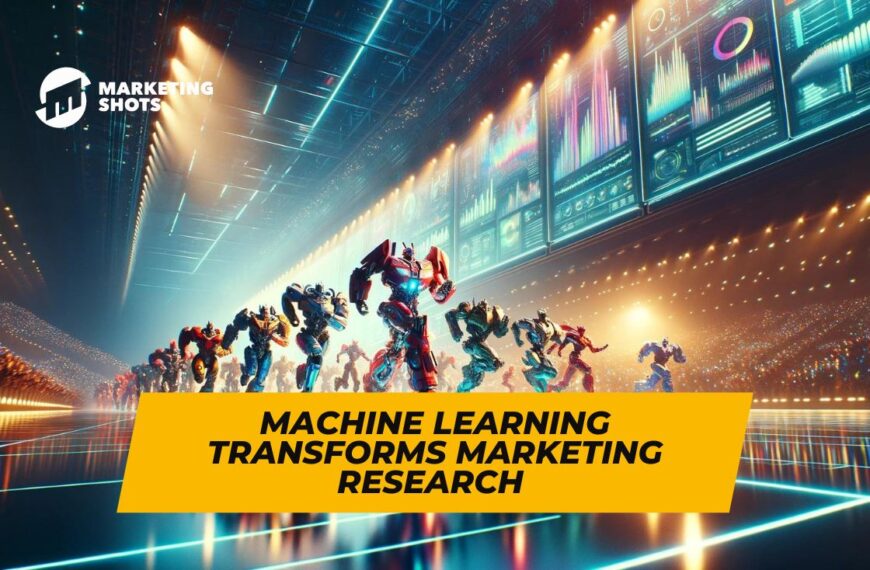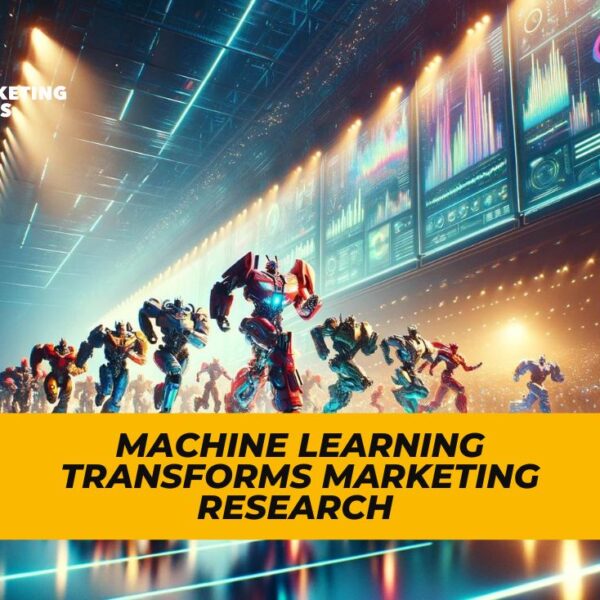Imagine a vibrant honeycomb buzzing with activity. Each cell represents a talented individual, the lifeblood of your organisation. But can you truly understand their unique needs and aspirations? Enter Artificial Intelligence (AI), poised to transform HR from a reactive department into a strategic force that produces highly productive and engaged workers. Integrating enormous volumes of data to find patterns and trends will lead to the digital transformation of the human resource department and enable its practitioners to customise their approach for each employee, leveraging AI in HR.
The War for Talent: Why HR Needs Deeper Insights
The global “war for talent” is fierce. A recent McKinsey Global Institute report predicts that up to 800 million jobs could be automated by 2030. While this disruption looms, new roles with different skills will emerge. HR leaders must move beyond basic demographics, delving deeper into employee sentiment, skills gaps, and career aspirations. For example, companies can use AI technology to track employee engagement levels and identify potential retention risks before they escalate.
Unilever’s AI-Powered Persona Powerhouse
Unilever, the FMCG giant, exemplifies this shift. They implemented an AI-powered “People Analytics Platform” to understand their diverse workforce. Analysing employee data across surveys, emails, social media mentions, and internal communication platforms revealed detailed employee personas—the honeycomb transformed from generic cells to individuals with specific needs. This allowed Unilever to tailor communication, training programmes, and benefits packages for better engagement, significantly boosting employee satisfaction and retention.
Building Your AI-Powered HR Tech Stack: The Honeycomb Framework
Here’s where AI enters the hive. Strategically integrate AI tools into your hr function to unlock workforce insights and optimise HR processes across the entire employee lifecycle, from recruitment and onboarding to performance management and career development.
The Honeycomb Framework:
- Persona-Based Insights Factory (Magnifying Glass): Leverage Natural Language Processing (NLP) to analyse data from employee surveys, emails, social media, and internal communication platforms. This helps understand the unique needs of different employee groups (personas), ensuring each cell receives the right attention. Consider sentiment analysis to gauge employee experience and identify potential areas of concern.
- Succession Planning (Chess Piece): Machine learning algorithms analyse HR data, employee performance reviews, skill assessments, and internal mobility candidates to identify high-potential employees and predict their career paths. This empowers HR leaders and talent management teams to build a robust talent pipeline for future leadership needs, ensuring a smooth transition within the hive.
- Competency and Recommendation Engine (Gear): The AI tool analyses job descriptions and employee skills data to identify skill gaps. This enables the HR team to create customised training programmes and optimise talent acquisition, ensuring each cell has the right skills to thrive. Consider incorporating external labour market data to stay ahead of emerging skill demands.
Putting AI into Action: From Buzzing to Thriving
Successful AI implementation in HR requires a well-defined plan that focuses on data, change management, and align on possibilities of AI applications with the employees.
- Data Integration: Seamless data flow between your HRIS, LMS (Learning Management System), Candidate Applicant Tracking Systems (CATS), and other relevant systems is crucial to feeding the AI tools effectively. Consider a data lake or warehouse architecture to ensure centralised and high-quality data access.
- Change Management: Prepare your workforce for AI system. Open communication, emphasising transparency and the positive impact on their experience (improved career development opportunities, streamlined workflows, etc.), is key. Conduct training sessions to educate employees on how AI model is used and address potential concerns.
- Ethical AI: Prioritise fairness and transparency in your AI solutions to ensure they are free from bias and comply with data privacy regulations. Regularly audit your AI models to mitigate potential bias and ensure responsible AI practices.
The Competitive Advantage of AI-Powered HR
By embracing artificial intelligence, the human resources department can move beyond administrative tasks and become a strategic partner, driving business growth and talent development. Here’s how:
- Data-Driven Decision Making: AI algorithm provides objective insights to guide strategic workforce planning, talent acquisition, and development initiatives.
- Improved Talent Acquisition: AI streamlines recruitment by automating tasks like generating job description, resume screening and scheduling interviews, allowing HR professionals to focus on attracting and engaging top talent.
Case 1: AI tools can analyse recruitment data to identify successful hire patterns, adjust recruitment strategies, and identify potential biases in the recruitment process, enhancing talent acquisition and HR leaders’ efficiency.
- Enhanced Employee Retention: Predictive analytics can identify flight risks and potential causes of dissatisfaction and drive employee experience. This allows HR leader to develop targeted interventions and retention programmes to drive employee engagement.
Case 2, a retention model can predict the possible loyalty or disengagement of employees based on various factors such as job satisfaction, compensation, and work-life balance.
- Personalised Development: AI can analyse employee data to recommend personalised learning paths and career development opportunities, fostering a culture of continuous learning and growth.
Case 3, a life-insurance firm often hosts a “become a change agent” programme, where the participants are considered for mid-year promotions if they win. This leverages AI-powered learning and development to cultivate future leaders.
Getting Started with AI in HR
- Identify Key HR Challenges: Determine the main HR issues where AI can be very helpful first. Focus on areas where AI can automate tasks, improve decision-making, or personalize the employee experience. Consider challenges in talent acquisition, talent management, and employee retention.
- Research AI-Powered HR Solutions: Investigate and assess several AI-powered HR solutions, taking into account aspects like integration capabilities, scalability, and usefulness for your specific needs. Look for solutions that address your identified talent challenges.
- Pilot a Small-Scale Project: Prior to full-scale deployment, pilot a small-scale AI project to gauge its efficacy. This allows you to test the chosen solution, identify potential challenges, and refine your approach before wider implementation in your talent management strategy.
It’s crucial to remember that while AI-driven programs might facilitate change, they cannot change an organization’s core values and culture; such work must be done within. For instance, a real estate company has been attempting to reduce staff attrition, with bad management practices and employee discontent being the main causes. Here, addressing the root cause through improved management practices is essential for long-term success, while AI can be used to identify discontented employees and personalize communication or retention efforts.
Embrace the Future of Work with AI
AI capabilities present a transformative opportunity for HR practices. By strategically building and implementing an AI-powered stack, you can build a thriving hive of engaged employees. Here is how AI can augment, transform and enhance every aspect of your HR operations.
- A Culture of Innovation: AI can automate repetitive tasks, freeing up HR professionals to focus on strategic initiatives like fostering a culture of innovation. Imagine using AI to identify employees with a history of successful innovation and encouraging collaboration between these individuals and departments. This cross-pollination of ideas can lead to groundbreaking solutions and propel your organization forward.
- A More Human Workplace: While some fear Generative AI replacing human interaction in HR, the reality is due to automation HR professionals have more time to connect with employees on a personal level, offering coaching, mentorship, and addressing their concerns. This fosters a more positive work environment and builds stronger relationships between employees and HR.
- A Learning Mindset: The future of work demands a continuous learning mindset. Generative AI can personalize learning and development opportunities for each employee. Imagine an AI Avatar analysing an employee’s performance data and skill gaps and recommending relevant training courses, online resources, or mentoring programs. This empowers employees to continuously develop their skills and stay ahead of the curve.
- A Global Workforce: The rise of remote work and the global talent pool necessitate a shift in HR strategies. AI-powered HR tools can streamline onboarding and performance management for geographically dispersed teams. For instance, AI-powered translation tools can help bridge communication gaps and ensure a smooth onboarding experience for international hires.
HR Technology Platforms
Since generative AI has gained popularity, I have assessed different platforms for various business sizes and specialisations. Every platform has distinct characteristics and may be used for a variety of HR department tasks:
- Leena AI (Focuses on talent acquisition and employee engagement) – Build a zero-ticket enterprise – completing tasks such as recruitment, onboarding, and employee support.
- The People Enablement Platform | Zavvy (Improves performance management)- used for performance management, goal setting, and tracking progress towards objectives.
- Skills & Learning Platform | Learning, Upskilling & Mobility (disprz.ai) (Supports personalized development)- utilised for skill development, continuous learning, and enhancing employee mobility within an organisation.
- Intelligent Talent Experience (phenom.com) (Enhances talent acquisition)- used to streamline the recruiting process and improve the overall candidate experience.
Conclusion
The future of HR is brimming with possibilities thanks to AI. By embracing Generative AI and strategically implementing it within your HR tech stack, you can unlock a new era of HR excellence, empowering your workforce to thrive in the ever-evolving world of work. Remember, AI is a powerful tool, but it’s HR professionals who will guide its implementation and ensure it benefits both the organization and its employees. Start your journey today and build a thriving hive for the future!
Call to Action
Are you ready to unlock the potential of AI in your HR department? Here are some initial steps you can take:
- Conduct a Skills Gap Analysis: Identify the skills and capabilities your HR team needs to manage and utilize solutions effectively.
- Develop an Implementation Strategy: Outline your goals for integrating AI into your HR processes, considering areas like talent acquisition, performance management, and employee development.
- Explore AI-powered HR Solutions: Research and evaluate different AI platforms aligning with your needs and budget. Consider factors like scalability, ease of integration, and security features.
- Start Small and Scale Up: Begin with a pilot project to test the effectiveness of an AI solution in a limited scope. This allows you to gather data, refine your approach, and build confidence before full-scale implementation.
By taking these steps, you can embark on a journey to transform your HR function with AI and build a future-proof workforce that drives organizational success.
In case you need any help from me on planning and strategizing Generative AI implementation for your organization, feel free to reach out to me on Linkedin.






